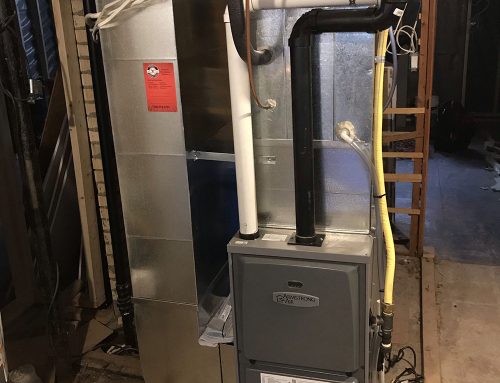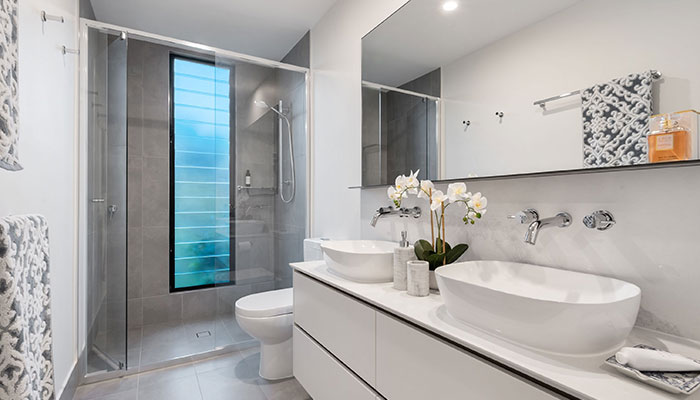Strategies for Managing Plumbing Issues in Rental Properties
Strategies for Managing Plumbing Issues in Rental Properties
Blog Article
Are you on the lookout for insight on How can you handle tenant plumbing issues effectively?

Taking care of plumbing problems in rental properties effectively is vital for preserving renter contentment and maintaining the building's worth. Whether you're a property manager or a building manager, recognizing just how to attend to these common troubles can save you money and time while guaranteeing conformity with lawful duties. Below's a detailed overview on how to take care of pipes concerns in rental properties.
File Everything
Keep thorough documents of all reported pipes concerns and the activities required to fix them. Documentation ought to consist of days, descriptions of the problem, communication with occupants, and invoices from professionals or plumbers. This details can be crucial for insurance policy cases, tax obligation reductions, and legal protection.
Use Qualified Professionals
Always make use of licensed and insured professionals for substantial plumbing repair services and installments. This guarantees that the work is up to code and can aid prevent obligation problems in case of crashes or further damages. It additionally guarantees lessees that fixings are being taken care of properly.
Develop Clear Interaction
Encourage tenants to report any type of plumbing concerns as quickly as they take place. Give numerous communication channels such as phone, email, or a renter portal to make it very easy for them to reach out. Motivate feedbacks to these records can stop minor issues from rising right into significant problems.
Educate Occupants
Inform your tenants about what makes up a pipes emergency and what does not. Provide standards on exactly how to deal with small concerns themselves, such as utilizing a bettor to unclog a commode. Likewise, educate them concerning what they need to stay clear of taking down drains to avoid clogs, such as grease, coffee premises, and non-biodegradable items.
Normal Upkeep
Execute a regular maintenance timetable for all plumbing systems in your leasing residential properties. Regular checks can aid identify and settle issues like leakages, slow drains pipes, or corroded pipes before they end up being significant. Think about hiring a specialist plumbing professional to evaluate the homes every year or semi-annually.
Quick Response to Emergencies
Have a plan in position for reacting to plumbing emergencies. This must consist of having the contact information of trusted plumbing solutions that offer 24/7 emergency situation repair services. Quick activity is important to minimize damage in situations like burst pipelines or extreme leaks.
Preventive Upgrades
Take into consideration upgrading older pipes systems and fixtures to much more contemporary, effective models. This can decrease the frequency and extent of pipes issues and lower lasting maintenance prices. It's also a selling point for possible renters who value upgrades and contemporary functions.
Lessee Move-Out Inspections
Conduct thorough plumbing checks during move-out inspections to ensure that any concerns are recognized and resolved before a new renter moves in. This avoids disputes with new renters over pre-existing conditions and makes sure the property is in top condition.
Understand Legal Responsibilities
Be aware of your legal responsibilities regarding plumbing and general building upkeep. Most territories need property managers to guarantee their buildings are habitable and that all pipes systems are in good working order. Failure to attend to significant problems without delay can cause lawsuits from tenants.
Lessee Repayments
If a pipes problem needs immediate interest and the lessee deals with the problem on their own, have a clear plan in place for reimbursing costs. Ensure lessees know they ought to obtain previous authorization for higher-cost repair services unless it's an absolute emergency situation.
Final thought
Handling plumbing problems in rental homes needs an aggressive technique and good communication with occupants. By remaining on top of upkeep, responding promptly to emergencies, and using certified experts, property owners can keep their properties in exceptional problem and preserve excellent partnerships with lessees.
How to Handle Water Damage in a Rental Property
What is Water Damage?
Water damage is harm or destruction caused by water entering areas where it is not supposed to be. It can be caused by a variety of sources and can manifest in different ways. The most common examples of water damage include:
Leaking roof Plumbing leaks Appliance malfunctions Poor drainage Flooding Sewage backup Condensation Tenant negligence HVAC system issues Frozen pipes Is water damage dangerous?
Water damage itself is not inherently dangerous, but it can lead to various hazards and health risks if not promptly and properly addressed. The severity of these risks depends on the extent of the water damage, the source of the water, and how quickly it is mitigated.
Some potential dangers associated with water damage include structural damage, mold and bacterial growth, electrical hazards, water contamination, and pest infestations. In situations where mold and mildew have gone unaddressed, mold can start to develop within 24-48 hours of water exposure, and this can impose a serious health risk to tenants. In particular, mold spores and damp conditions can lead to respiratory issues and even make existing health problems worse, such as allergies, asthma, or immune disorders.
Water Damage in an Apartment - Who is Responsible?
If the water damage is caused by the tenant’s negligence, the tenant is responsible for the cost of repairs. If the water damage is caused by a defect in the property, the landlord is responsible for the cost of repairs. If the water damage is a result of natural causes, such as excessive rain, then the landlord is responsible, since the water intrusion likely occurred due to a defect in the property. Landlord Responsibility water damage in rental property
Since maintaining habitability is the landlord’s legal responsibility, landlords are responsible for any resulting structural damage caused by water damage. These structural damages may include damage to walls, roofs, ceilings, and flooring. If water damage has affected the rental property’s original structure, the landlord is responsible for repairing or replacing those materials. Therefore, landlords should have property insurance that covers the structural components of their rental property so that they can receive help with the costs of covered events.
Preventative measures can also help landlords avoid massive renovations. Preventative maintenance may include conducting regular inspections to identify and address potential water damage before it becomes a major and urgent problem.
If a landlord fails to meet their responsibilities regarding water damage, it can lead to legal disputes and potential liability. Tenants who believe their landlord is not addressing water damage issues in accordance with California law can seek legal advice or contact local housing authorities for assistance.
https://www.goodlifemgmt.com/blog/water-damage-in-a-rental-property/

Hopefully you enjoyed reading our article about Plumbing Maintenance and Repair in your Rental Property. Thanks for taking time to browse our article. Are you aware of somebody else who is sincerely interested in the topic? Why not share it. Many thanks for going through it.
Report this page